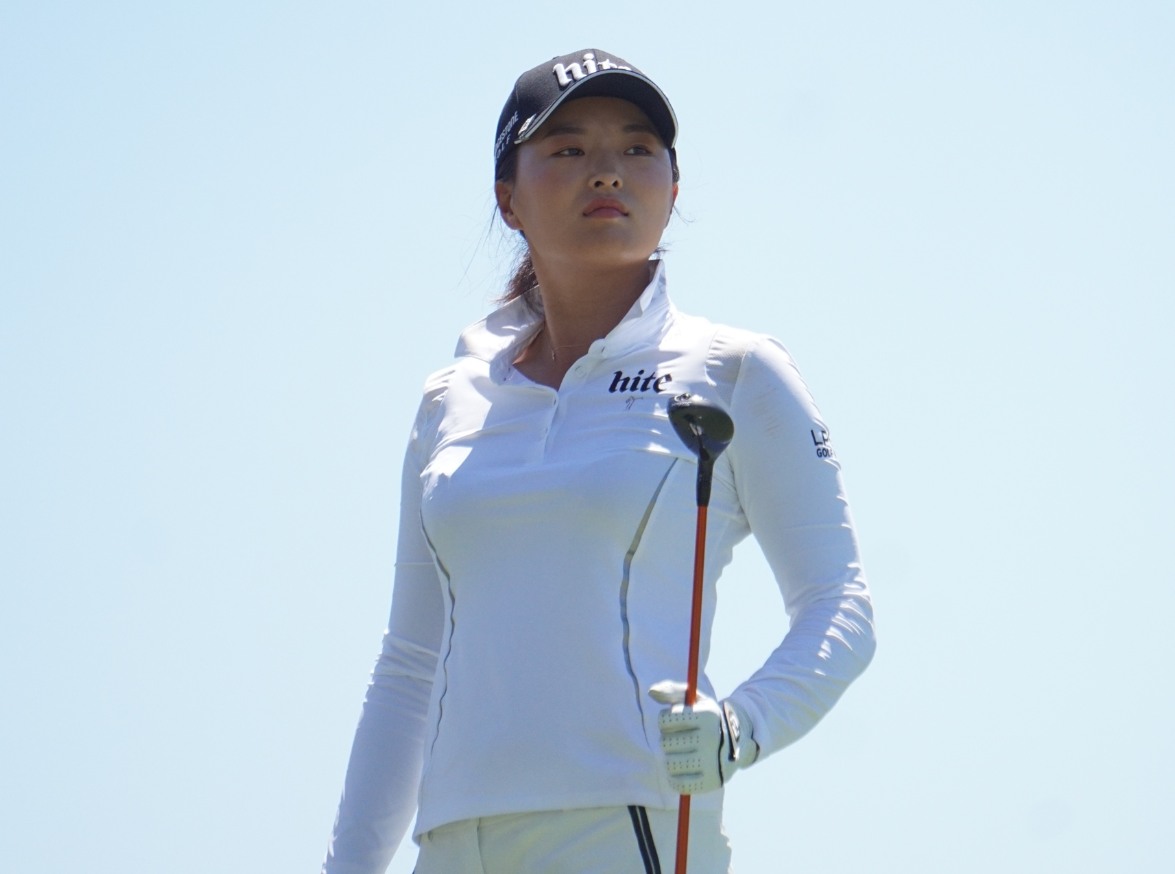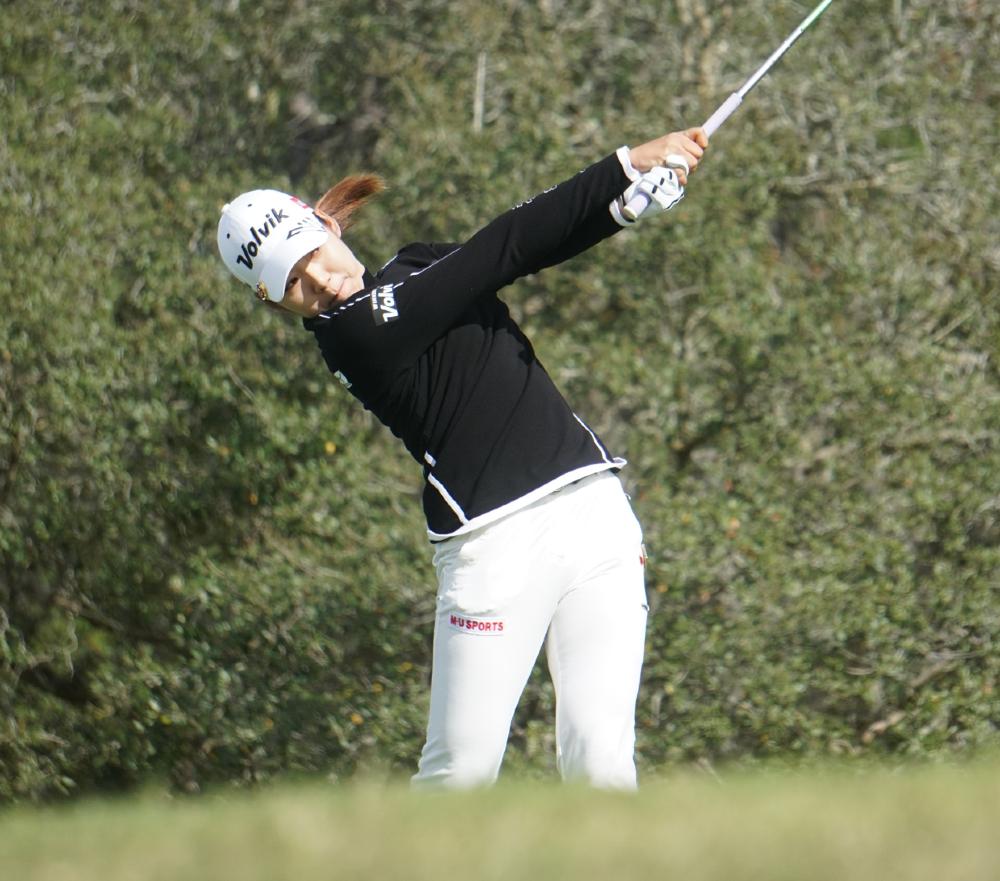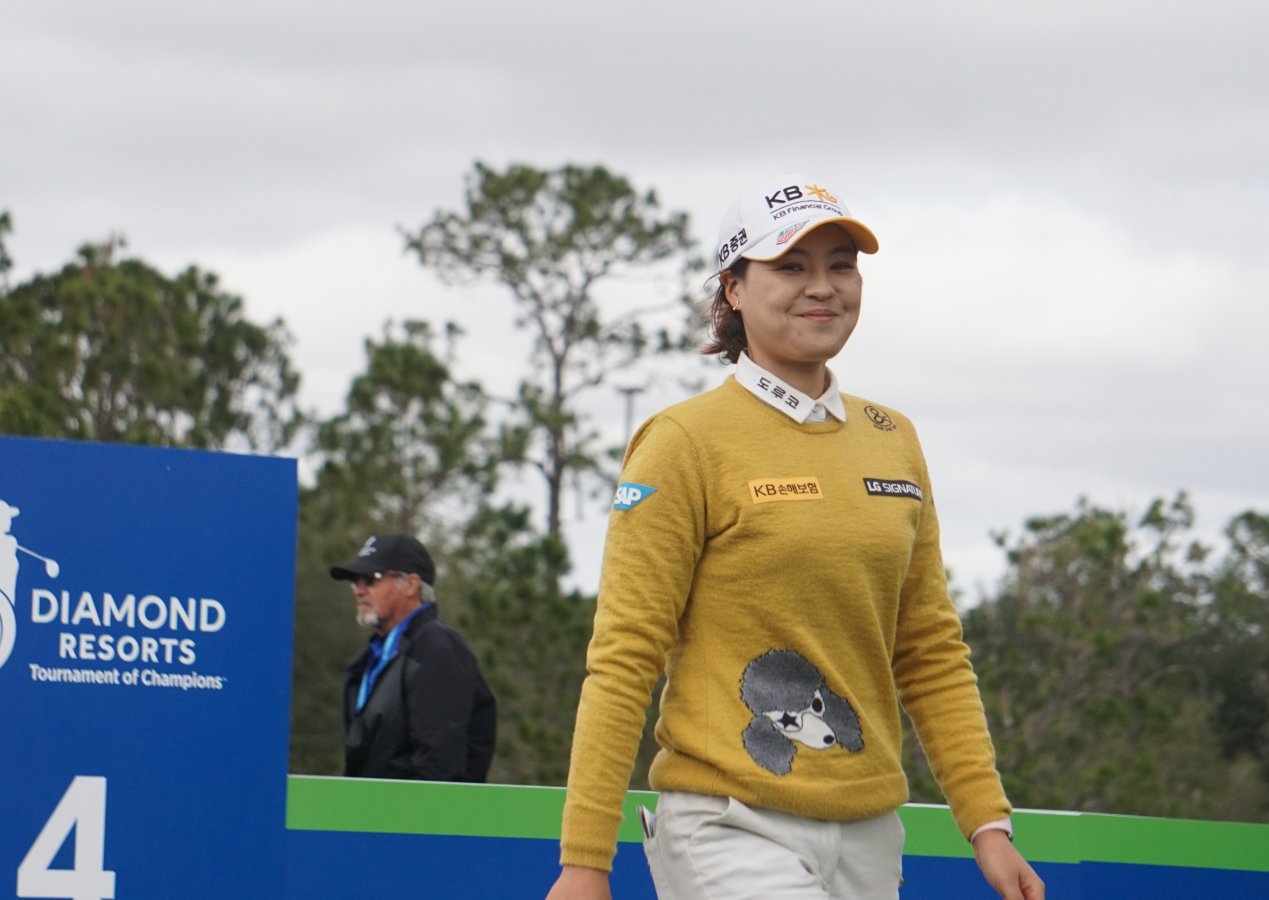There’s no mystery, no grand unraveling or government study that needs to be funded. South Korean women are, on the whole, the best female golfers in the world for a simple reason. But before getting to that, look at a few numbers.
Four of the top seven players in last week’s Rolex Rankings hail from South Korea. The other three are from Thailand (Ariya Jutanugarn), Australia (Minjee Lee, whose parents are Korean) and Japan (Nasa Hataoka). So far in 2018, the LPGA has contested eight events. Five of them have been won by South Koreans. In the 21 years since Se Ri Pak (above) broke through at the U.S. Women’s Open, 15 Koreans have won a total of 29 major championships. Players from the United States, a country seven times the size of South Korea, have won 25.
Need more proof? Look at the leaderboard in the final round of the ANA Inspiration. Well into the final round, the top three names were eventual winner Jin Young Ko, Mi Hyang Lee, and In-Kyung (I.K.) Kim. Earlier in the day rookie, Jeongeun Lee6 was alone in fourth with Jenny Shin and Hyo Joo Kim sliding into the top 10.
Sure, plenty of non-Koreans were close. Lexi Thompson made a game of it, shooting 67 on Sunday to claw to within three strokes of the lead as Ko made the turn. Jessica Korda, Stacy Lewis, Angel Yin, and rookie Kristen Gillman also jockeyed in and out of the top 10. Canadian Alena Sharp rallied from an opening 76 to have a terrific week. Spain’s Carlota Ciganda had a great Sunday. And Australian Katherine Kirk and American Ally McDonald played

But as good as those players are, as compelling as they appear, they are all chasing a crop of South Koreans more dominant in the women’s game than Russian hockey in the 1970s. This should not shock anyone. It is where we are today, not because of genetics or cultural predispositions. And contrary to popular belief, it’s not because of demanding parents or any sort of East German-like training programs. There is no secret farm system that churns out great South Korean female golfers.
They Work Harder
The reason a country with fewer people than Kenya and Myanmar has such a disproportionate dominance in women’s golf can be summed in two anecdotes. The first occurred on Thursday afternoon at Mission Hills Country Club after Ko opened with a 3-under 69. As she came out of scoring a member of her team said, “Good round.” Ko gently shook her head and said, “That should have been seven,” meaning 7-under par. The second story came on Saturday after Ko shot 68 in a gusty wind to take a one-shot lead into Sunday. It was a round in which the reigning Rookie of the Year made birdie putts ranging from 15 to 30 feet; a round in which she made only one bad swing – a chubby wedge on the par3 14th that found the water and led to a double bogey.
Other than that, it was a near-flawless performance, especially in a major. She finished that third round before 6 p.m. local time. A few minutes before 8 pm, with the sun long fallen behind the San Jacinto Mountains, maintenance workers on triplex mowers had to dodge one player on the putting green: Jin Young Ko.
They work harder. They want it more. None more than Ko, a 23-year-old with one of the most beautiful swings in the game. She came to the Coachella Valley in January and worked on her game for five weeks before heading out on the LPGA season’s first Asian swing. In six starts since, she has two victories, two seconds and a third. The only outlier was a tie for 29th in Thailand where she played the first two rounds in 1 over before rallying on the weekend. Her final round scoring average for 2019 is 66.83. “I am not a robot,” Ko said, emphasizing that she loves movies and Korean dramas, what Americans would call soap operas.
“I am human. I don’t think about bad things. I only think about good things“. “I want to be known as the happiest player in golf,” Ko said.
There are a wealth of great personalities in women’s golf. The Korda sisters are a treat, wonderful people from arguably the most athletically successful family in the world. Brooke Henderson remains a charismatic superstar. Thompson, the Jutanugarns, Georgia Hall: terrific players all and even better people. But the South Koreans are the dominant group. Those who view them as myopic – or worse, those who don’t watch because they’d rather not learn about them – are poorer for their lack of effort.

I.K. Kim has one of the most compelling comeback stories in the game. In Gee Chun, the autodidact math genius who turned down scholarship offers to become a professional for her family, has a life worthy of a movie.
Lee6, who chose to embrace the numeral and wear it as a badge of honor, even though it originated because there were five other players with the same name on the Korean LPGA Tour, is the daughter of a former truck driver who was paralyzed in a highway accident when “Six,” as she likes to be called, was 4 years old. She didn’t play golf seriously until she was 16. “I’ve always helped my father,” Six said. “When I realized that I was good enough to be a professional, my entire goal was to win tournaments to help my family. I want to do whatever I can for them. I want to make them proud.” It doesn’t get much better than that.
That is unless you listen to Ko, a stunning and mature young woman, who gave one of the best acceptance speeches in history last season when she won Rookie of the Year. “I am always praying on the golf course,” Ko said last week. “I work hard but I am also happy. I never think more than one shot at a time. Because no one knows my future or your future. No one but God.”
Steve
This Steve Eubanks article is reproduced with the permission of the Global Golf Post, the world’s first designed-for-digital weekly golf magazine. Subscribe for free at globalgolfpost.com.
All photos including the featured image of In Gee Chun at the 2019 Diamond Resorts Tournament of Champions are by Ben Harpring.








